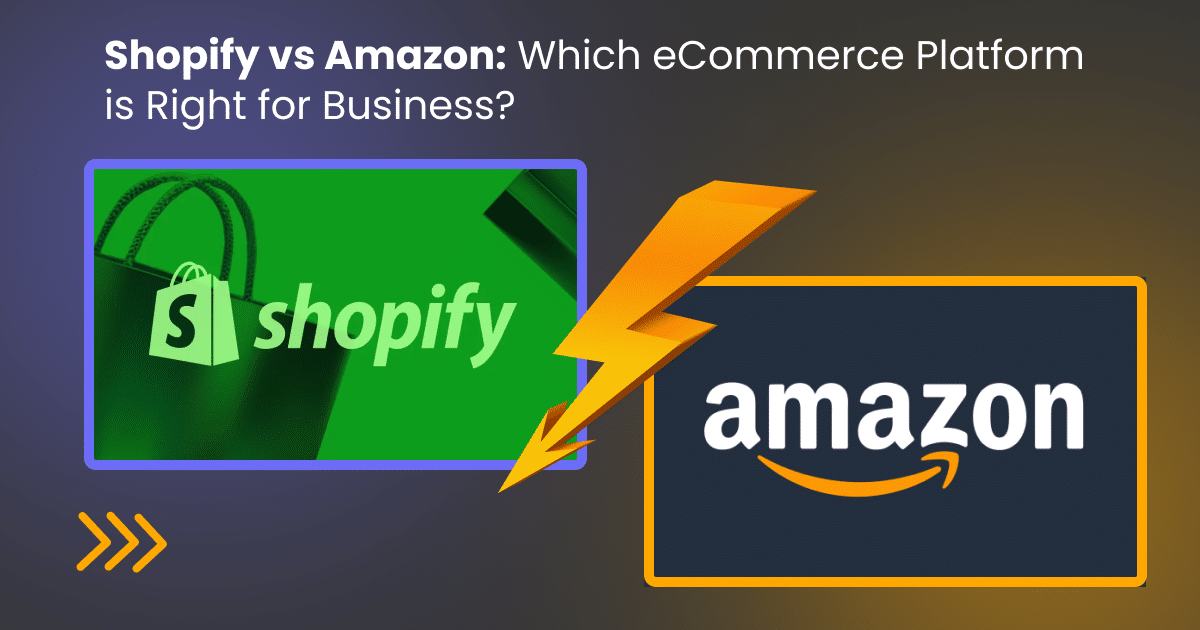
What is Stockout?
As customers, we have all noticed a stockout. We are desperate to buy that one item, but the seller is out of that product, leaving us disgruntled and ready to buy from another brand with more robust stock numbers. From a seller’s perspective, it means that orders are far exceeding inventory count and safety stock is too low to utilize and fulfill all the orders. Stockouts are anxiety-inducing headaches that can affect your business down the road if you don’t access the correct tools to curb them going forward.
Why is it Dangerous to be Out of Stock?
Stockouts affect not only the retailer and the customer but also the supplier and manufacturer.
- Competition. On the retailers’ end, the impact is paramount: not only are customers now skeptical about a seller’s operational efficiency, but they are also much more likely to shop elsewhere, increasing competitors’ bottom lines. This shift in brand loyalty can happen not just once but possibly long-term if a retailer is now known for having poor inventory levels and inability to grant customer satisfaction.
- Lost Sales. Of course, from a purely financial perspective, stockouts are an easy way to lose income since a brand is missing out on a paid order every time an item is not available. Moreover, retailers will have to scramble to get the items from their supplier or manufacturer and incur even more fees.
- The Domino Effect. From a manufacturer’s standpoint, stockouts may require overtime and production changes, which could take attention from the production of a different item and generate a domino effect of poorly-generated products. Distribution centers will also feel the tension as they may have to navigate rushed delivery fees.
How Can You Avoid a Stockout?
As discussed, stockouts can be detrimental to businesses, no matter the avenue on which they’re selling. The steps to avoid them include planning for the future, never leaving customers in the lurch, and keeping the entire supply chain running smoothly.
- Sales Insights – With so much technology available, it’s relatively easy to procure the number of orders placed on each sales channel and track specific SKUs’ appeal over a period of time. This data can provide understanding into when certain products must be re-ordered and which products are not being received well by customers. When analyzing this data, make sure to look at both online and offline sales, so you can easily find the best way to control inventory and schedule allocation via warehouse or distribution center.
- Historical Data – Analyzing historical data is of great importance to the growth of a brand; it’s ineffective to only look at it during specific times of the year when a brand is either in a boom or bust cycle. Rather, retailers must make it a custom to look at this data and really glean comprehension of their products’ popularity. This commitment to data analysis can help retailers avoid making erroneous inferences about, for example, an unusual dip in sales.
- Inventory Management – Another great asset is investing in an Inventory Management tool. A sufficient management tool will display forecasting months ahead and give brands detailed insights into the geographic popularity of certain products, among other data. Retailers will be able to view demand across all sales channels and plan for inventory allocation and stock accordingly.
Calculations
All of this historical data is significant to sales planning, calculating reorder levels, and stocking well during peak season. The basic calculation is:

Take the average daily sales over a month (or rather, total sales for one month divided by thirty), then multiply that by the lead time (the time it takes to obtain products from your manufacturer or vendor).
Safety stock is another significant business practice to keep in mind; having this stock will make certain that a retailer is always ready, even during a busy peak season. This calculation is utilized when a retailer has great demand, but their vendor or manufacturer is a bit delayed.

Stockout Consequences on Amazon
There is a specific impact to having out-of-stock items on Amazon.
- Sales Rankings – Amazon delegates sales rankings partially based on reliability. If an Amazon seller runs out of inventory, that signals to the behemoth that the retailer isn’t reliable, which can lead to stripping away the merchant’s potentially high sales ranking.
- Loss of time – If a retailer uses Fulfillment by Amazon, then going out of stock can cause a serious headache, as the time to replenish stock requires calculating, picking, labeling, and shipping, and waiting for Amazon to attend to the orders. All of this extra time can eat into other aspects of managing a business, such as marketing or advertising.
- Loss of Customers – Even if your product is super popular, the minute you’re not able to meet demand will be the time when your competition edges in. Customers will easily find similar products from another merchant, considering the sheer amount of sellers there are on Amazon. One customer going to a different storefront, and becoming loyal to that storefront, could potentially cost a merchant thousands of dollars in sales down the road.
How Can You Prevent Stockouts on Amazon?
Fortunately, if you are an Amazon seller, there are myriad tools to prevent stockouts.
- Amazon Demand Forecasting – One easy way is to view the sales forecast by ASIN. Amazon can also tell you the current number of units in stock, units that are on the way to the warehouse, and units sold.
- Comparing Demand – There are other ways aside from Amazon’s forecasting tools to avoid a stockout. One is to decrease the lead time that a supplier takes to ship, so Amazon has more on-demand transparency into the SKU count. Comparing demand over longer periods and tracking top products on Vendor Central can also be beneficial because retailers can have a better idea of what needs to be in permanent stock.
- Supply Chain Communication – Of course, making a contingency plan with your supplier and your distributor is also important, especially around peak seasons.
- Trends in Sales – If a merchant has one product that is selling even only a few units a day, that merchant should prepare for that number to potentially triple or quadruple during peak seasons. The bottom line is that a merchant should never underestimate sales trends, even if it seems like an anomaly at the time.
- Overestimate & Controlling Inventory Levels – A merchant should always use the 20% rule when sending products to their FBA warehouse, meaning that despite what calculations say, send 20% more inventory than that (unless, of course, the merchant is only selling large, heavy items). There may be an excess of inventory, but that is a far better outcome than running out of stock on Amazon.
- Pay Attention – This may seem like obvious advice, but it’s significant to remember: always focus on your inventory levels, popular products, and calculations, no matter how tedious doing so may seem. A stockout can do serious damage to a brand’s reputation, as stated above, so being in the know about all of these various numbers can save you from a disaster later.
Extreme Measures to Avoid Stockout
If retailers do find themselves in the middle of a stockout, slowing sales can be an effective way to alleviate the pressure.

Moreover, since stockouts can lead to a loss of Amazon SEO rankings, slowing sales can allow merchants to still be active on the site without losing their coveted ranking.
Conclusion
Stockouts, whether on Amazon or another sales channel, can add great stress to every step of the supply chain. However, this problem can be astutely avoided by utilizing different tools at retailers’ disposal and investing in outside help, if needed.
About the author
Flora Collins is the Content and Copy Manager at Verte, the Supply Chain That Thinks. She has a background in editorial work, sales, and marketing with a strong interest in fiction writing; her debut novel, NANNY DEAREST, came out in November 2021 with a full sold-out.





Comments
Leave a Reply